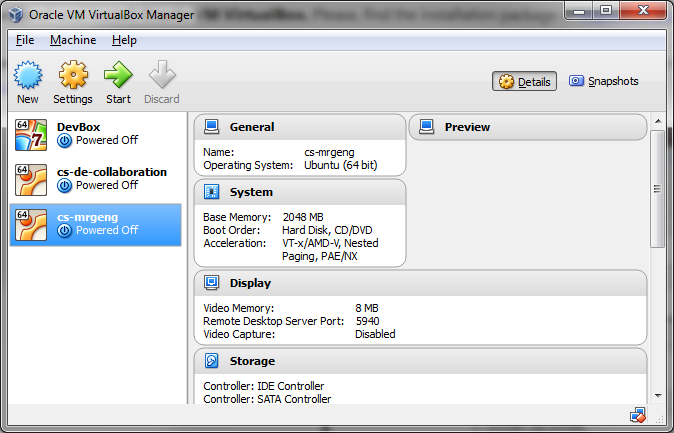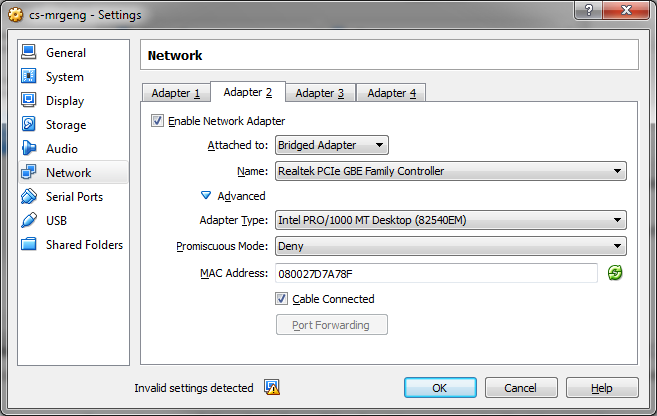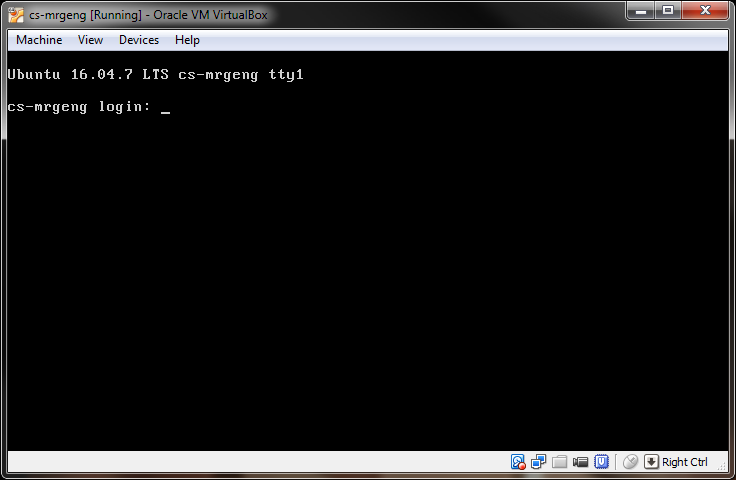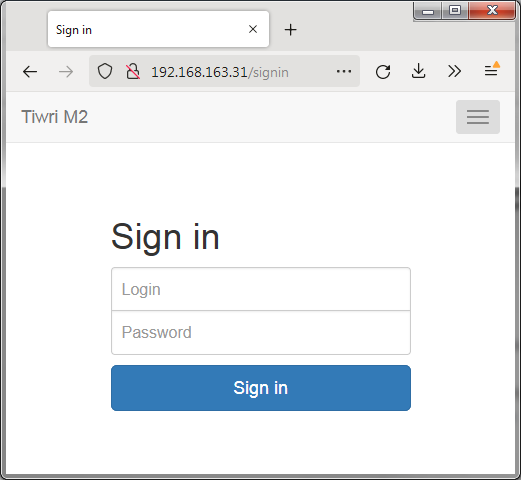Getting the setup package and installation
Distribution
Dr.Explain Collaboration Server is delivered as a customized Oracle VM VirtualBox virtual machine image that can run on the most popular operating systems: Windows, Mac OS, Linux, and Oracle Solaris.
You can request Dr.Explain Collaboration Server installation package and demo license at https://www.drexplain.com/server/
Along with the Dr.Explain Collaboration Server installation package you get:
-
a demo license key for the Dr.Explain Collaboration Server to test and evaluate the server's functionality in the end-user company environment;
Installation and initial setup
-
Download and install Oracle VM VirtualBox. Please, find the installation package at https://www.virtualbox.org/wiki/Downloads
-
Import the virtual machine OVA-file with preconfigured Dr.Explain Collaboration Server received from Dr.Explain team into Oracle VM VirtualBox (https://www.virtualbox.org/manual/ch01.html#ovf-import-appliance).
After the import the virtual machine will appear in Oracle VM VirtualBox manager.
-
Setup local network access for the virtual machine. Enable Adapter 2 as Bridged Adapter in the machine's settings and make sure the Cable Connected checkbox is checked.

-
Run the virtual machine (https://www.virtualbox.org/manual/ch01.html#intro-running). After the initialization is completed, Dr.Explain Collaboration Server will become ready for operations.
 In case of DHCP protocol (the automatic assignment of IP addresses to network devices) is enabled on your network router, an IP address will be automatically assigned to the virtual machine. You can see the machine's IP address in list of connected devices in the router control panel.Also, to see the IP-address of the virtual machine, move the mouse cursor over the Network icon in the status bar of the active machine's window.
In case of DHCP protocol (the automatic assignment of IP addresses to network devices) is enabled on your network router, an IP address will be automatically assigned to the virtual machine. You can see the machine's IP address in list of connected devices in the router control panel.Also, to see the IP-address of the virtual machine, move the mouse cursor over the Network icon in the status bar of the active machine's window.
-
Configure the static IP address for the virtual machine. For example, associate the IP address with the MAC address of the virtual machine on your corporate network router.You can check the MAC-address of the machine in the same Network section of machine's settings where you activated Adapter 2.You can customize network settings further via SSH access.While the machine isn't connected to local network you can only access it from the computer where the Oracle VM VirtualBox is run.Address and port: 127.0.0.1:2222 (for outside connections the port 22 should be used).Login: admin.Authorization: you can use the RSA key provided with the setup package.The sample command to access the server: ssh admin@127.0.0.1 -p 2222 -i {path to RSA key}If you have a DNS server, you can assign a dedicated host name to the virtual machine with the Dr.Explain Collaboration Server.
-
In the web browser, open the root page of the virtual machine host by entering its IP address or domain name. Log into the administrator's panel by using the credentials provided with the server installation package.

-
-
Add users and send them their credentials.
-
Assist the end users within your organization with installation of Dr.Explain application, activate the provided or purchased Business-level license key in every installed copy, and setup access to installed local collaboration server.